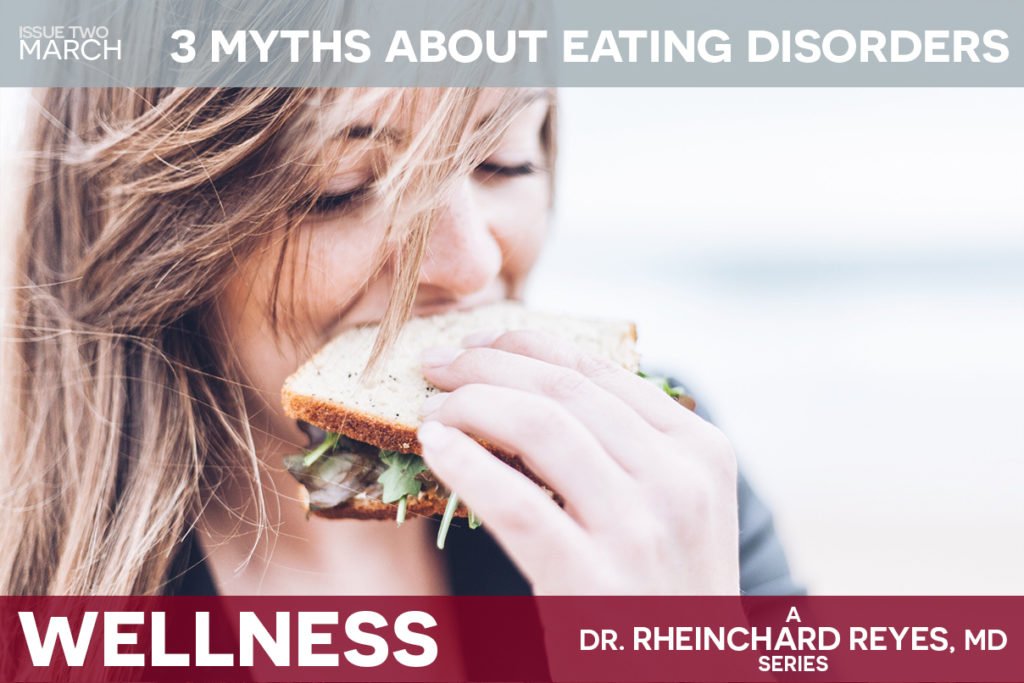A serious yet treatable mental illness, eating disorders are considered any range of psychological disorders defined by disturbed eating behavior. Three common eating disorders are anorexia nervosa, which is defined by extreme restriction of food intake due to an obsessive desire to lose weight, bulimia nervosa, which is defined by self-induced vomiting or purging due to an obsessive desire to lose weight, and binge eating, which is defined by episodes of uncontrollable and excessive eating.
Following are three of the most frequent myths around eating disorders:
MYTH 1: You can determine whether someone suffers from an eating disorder by their appearance.
It’s been a widespread myth that eating disorders only affects women but the fact is that men and women alike can suffer from an eating disorder. It’s estimated that an average of 24 million people in the U.S. suffer from an eating disorder and according to research by the National Eating Disorders Association, 10 million boys and men will at some point experience an eating disorder.
Although some physical symptoms of an eating disorder may be present in a person living with an eating disorder such as anorexia, often times a person may not show immediate physical signs, as with bulimia.
MYTH 2: Eating disorders are a choice.
Although it is difficult to precisely locate the root of an eating disorder, it is not a lifestyle choice. The National Institute of Mental Health suggests that there are behavioral, genetic, psychological, biological, and social factors that contribute to elevated risk.
MYTH 3: Eating disorders are not a serious medical condition.
Symptoms of an eating disorder can vary from moderate to fatal in fact more people die of eating disorders than any other mental illness. Some common health consequences include:
- Weakened cardiovascular system (increased risk for heart failure, irregular heartbeats)
- Endocrine issues (irregular menstruation, bone density loss,
- Gastrointestinal issues (bloating, nausea/vomiting, blocked intestines, bacterial infections)
- Neurological issues (difficulty falling or staying asleep, tingling hands and feet, seizures, muscle cramps)
- Approximately 24 million people in the U.S. live with an eating disorder, almost half of which also live with depression. An eating disorder can be treated with the help of a healthcare professional. For more information or if you or anyone you know is struggling with an eating disorder, please contact your healthcare provider.
Sources:
https://www.hhs.gov/blog/2018/03/01/busting-5-myths-about-eating-disorders.html
https://www.dosomething.org/us/facts/11-facts-about-eating-disorders
https://www.nationaleatingdisorders.org/health-consequences


